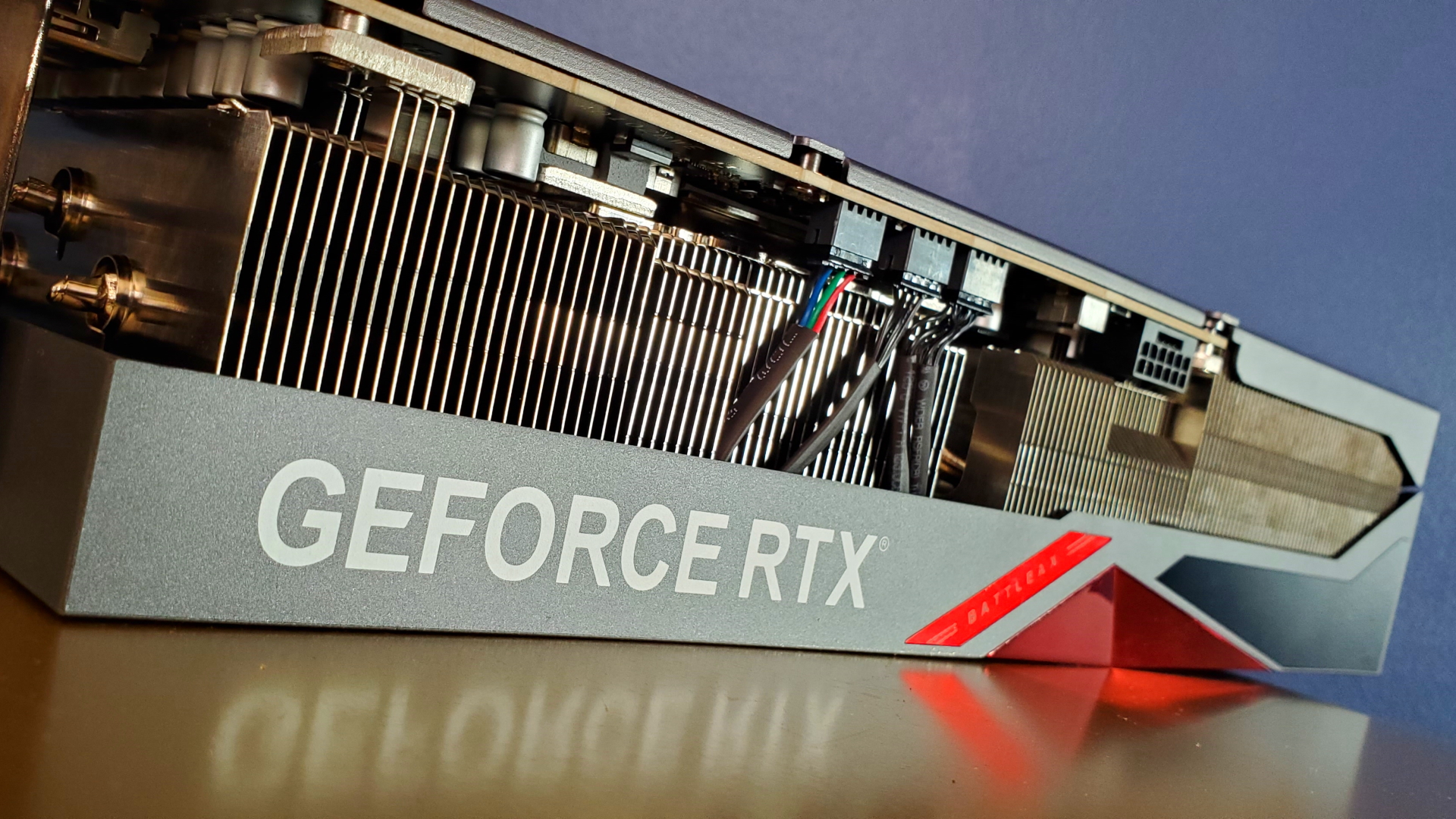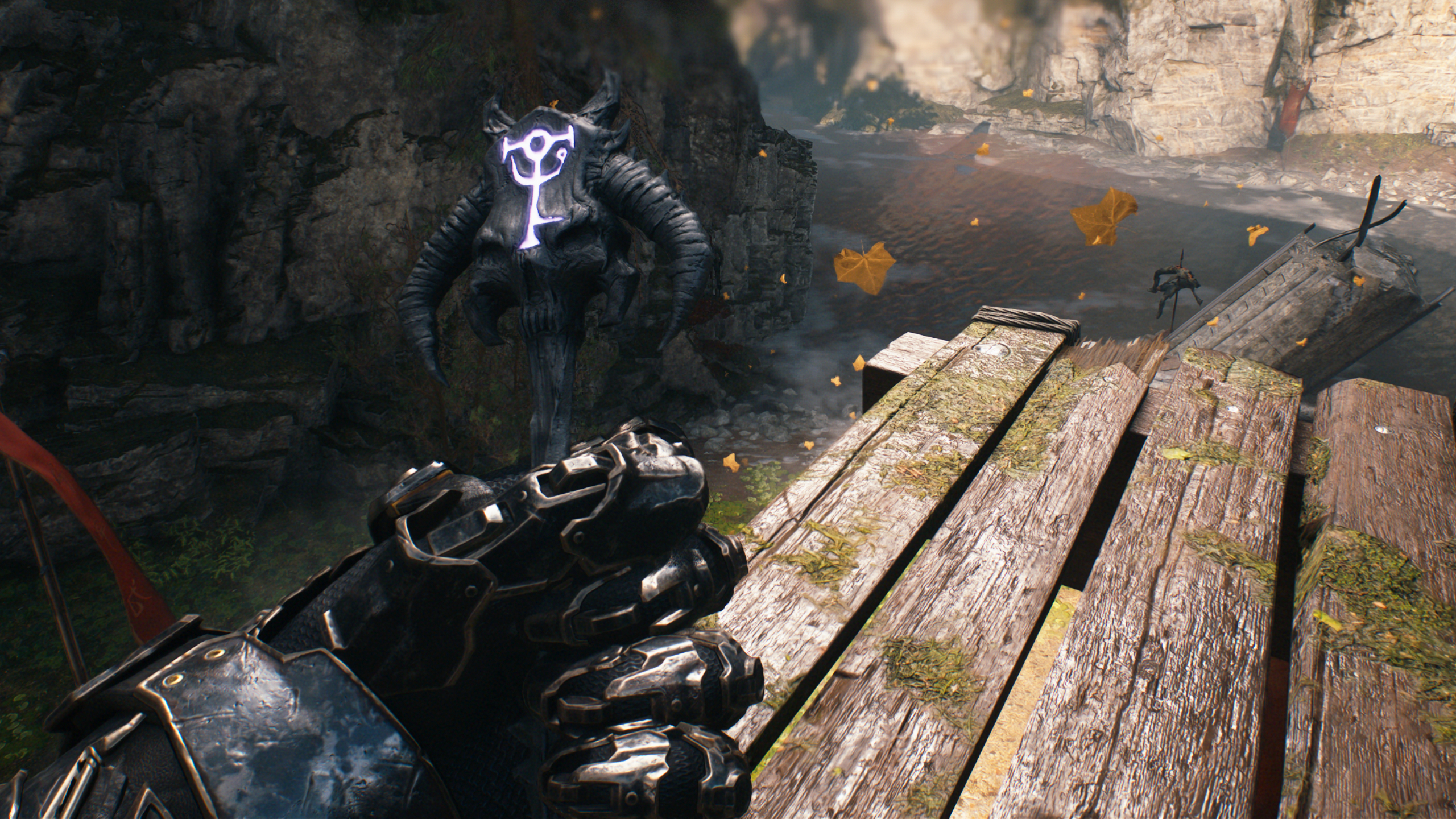
Fresh concerns for the 12VHPWR connector have arisen following one user's unfortunate run-in with a faulty unit.
It’s not advisable to bend the 12VHPWR connector currently in use by Nvidia GeForce RTX 4090 graphics cards, and included within the ATX 3.0 spec, in any way during installation or use.
Manufacturer of high-end cables, CableMod, has warned users that any odd bends or turns in the cable could put extra pressure on the connector and maybe even increase the risk of overheating. The company warns against vertical bends and horizontal bends, which essentially means users should aim to keep cables perfectly aligned and straight or risk malfunction.
Anyone who’s ever built a PC will understand that this isn’t always possible.
The 12VHPWR connector was introduced as a part of the ATX 3.0 specification, published by Intel, and is intended to reduce the power footprint for connectors on a PCB and deliver up to 600W of power. So far it has only been adopted for use with the RTX 4090, however, other graphics cards are expected to follow suit.
“This new connector can deliver the power required for these power-hungry cards, but also comes with some caveats that users need to be aware of,” CableMod says in a post on its website from September 25.
“The 12VHPWR connector and the terminals used in it are much smaller than the previous generation. Through our extensive testing, it appears that bending the wires too close to the connector could result in some of the terminals coming loose or misaligning within the connector itself.
“This may lead to an uneven load across the other wires, increasing the risk of overheating damage. The risk of this is substantially higher if the bend is done horizontally in relation to the connector orientation (left to right),” CableMod notes.
CableMod’s advice is something to be wary of if you own an RTX 4090 today. (Image credit: CableMod)
Cablemod also states that any bend on the 12VHPWR cable should occur 35mm from the connector itself—easier said than done.
The reason I’m highlighting this post from the company today is due to a post earlier today from a user on Reddit showing the 12VHPWR cable connecting their RTX 4090 to the power supply had completely failed, melting in the process.
The unfortunate PC builder believes their setup was suitably straightforward, and that they didn’t have too aggressive a bend in place. Images provided by the user do show a slight bend, and one likely more aggressive than Cablemod’s 35mm recommendation, but certainly nothing that I would look at and consider incorrect or abnormal by PC building standards.
If you didn’t know one major cable firm advised against that sort of bend, you wouldn’t think anything bad of it.
“I don’t know why it happened. I think my adapter cable is faulty. Welp I guess RMA it is EDIT Card was attached vertically. Bend was not that aggressive. Sure there was bend still this should not happen on a 2k Euro GPU PSU Corsair RMX 1000,” the user reggie_gakil says in the forum thread.
rtx_4090_adapter_burned from r/nvidia
We can’t link this single failure to bending or any other cause at this time—sometimes things do fail rather dramatically. And while it’s not as though I hear many stories of PCIe cables melting, old or new, I would dare say this isn’t the first time it has happened.
However, this new 12VHPWR connector is not also without its critics.
Overclocker and PCB analyser Buildzoid has already published a scathing review of the connector called “The 12VHPWR connector sucks”, citing their concerns with the fewer pins in place for the 600W power delivery versus the older PCIe power connectors and the need for the change in power adapter in the first place.
(Image credit: Gigabyte)
WCCFTech also previously reported that PCI-SIG, the group in charge of managing the PCI standard, told its members to be cautious about some implementations of 12VHPWR and thermal variance when using adapters to non-ATX 3.0 spec PSUs, which could lead to safety issues.
“We recommend members work closely with their connector vendors and exercise due diligence in using high-power connections, particularly where safety concerns may exist,” PCI-SIG said in a communication with members.
However, Nvidia has already made an attempt to ease owners’ concerns about this statement from PCI-SIG. In a response to the question: “Why did PCI-SIG issue the warning and how does this affect NVIDIA’s new products?”, Nvidia said a month ago:
“It does not affect NVIDIA’s new products. During early development and testing we identified a potential issue with a prototype connector manufactured from a sole supplier. As a PCI-SIG member, we informed the supplier, asked them to fix it (which they did), and shared our findings to help suppliers who are implementing the new standard. The PCI-SIG was passing along those learnings to other suppliers.”
(Image credit: Future)
Best CPU for gaming: The top chips from Intel and AMD
Best gaming motherboard: The right boards
Best graphics card: Your perfect pixel-pusher awaits
Best SSD for gaming: Get into the game ahead of the rest
So, from an official perspective, at least of the GPU manufacturer, all is well with the connector. Though that may only do a little to ease concerns of other RTX 4090 owners—the image posted to Reddit of what could go wrong with the cable, should a malfunction occur, is not a pretty sight. But we can only consider this so far as an isolated incident today.
I would like to think that the ratification of this connector across GPU manufacturers, Intel, Nvidia, and PCI-SIG would be sufficient to ensure that mere bending of a cable planned to be used by many thousands of people wouldn’t cause it to combust. Fire risks should not be taken lightly. That said, I would also personally be inclined to follow Cablemod’s advice if I were using this cable within my own PC today.
In light of that, and the growing disquiet among some PC builders regarding the cable’s safety, I also foresee some attempt to be made to quell any further concerns by the aforementioned companies. At the very least to restore faith in the safety of the connector.






